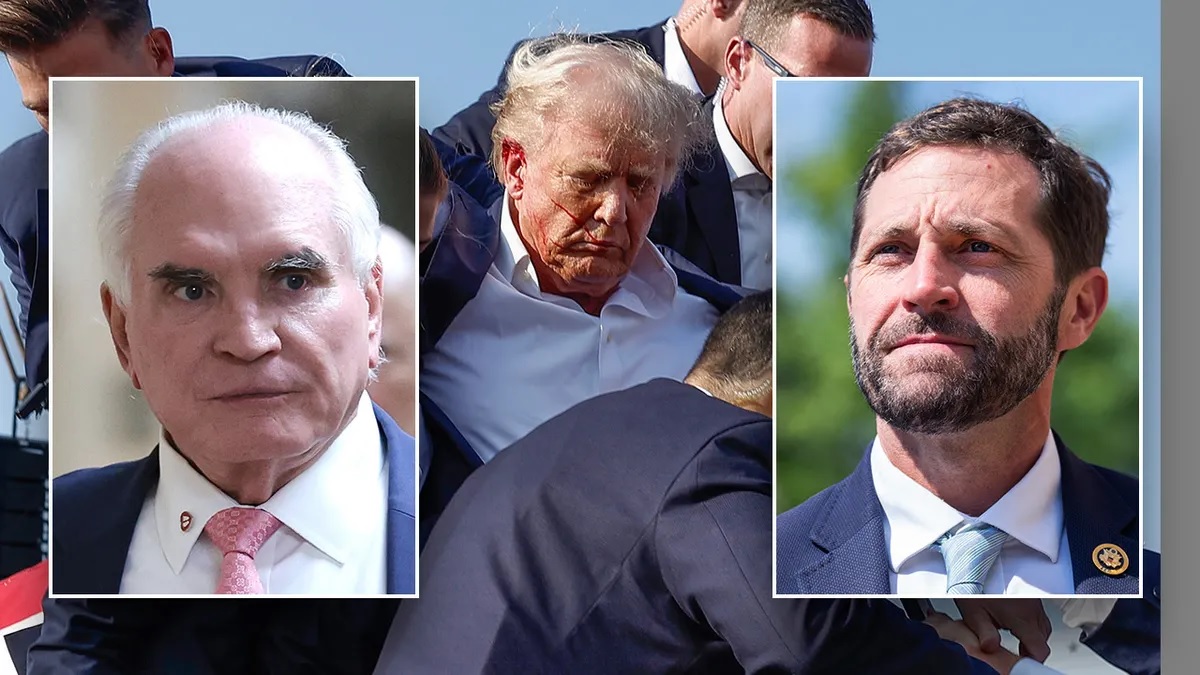
House Task Force holds first hearing on assassination attempts against Donald Trump
A House task force investigating the assassination attempts on former President Donald Trump convened its first public hearing on Thursday in Pennsylvania. During the session, local officials expressed concerns regarding the role of the Secret Service in the incident that occurred during a Trump rally on July 13.
Three state and local law enforcement officials, who were responsible for securing the rally, testified about their experiences. They emphasized that despite adhering strictly to the Secret Service's directives, a gunman, identified as Thomas Matthew Crooks, was able to access the roof of a nearby building and open fire on the rally attendees. Crooks fired eight shots, resulting in one death and two serious injuries, narrowly missing Trump and grazing his ear.
The Secret Service faced significant scrutiny following the shooting. After a two-month internal review, the agency acknowledged its responsibility for the security lapses that allowed the shooting to occur. Testimonies during the hearing provided additional context about the planning and security measures in place before and during the rally.
Sgt. Ed Lenz, who commanded Butler County’s tactical units during the event, stated that although law enforcement was asked to provide support, they were never instructed to secure the area surrounding the AGR International building from which Crooks fired. Lenz confirmed that local authorities did not deploy a sniper team to the roof and that no security measures were established to monitor the building.
Pennsylvania State Police Lt. John Herold corroborated Lenz's testimony, indicating that the AGR building was not included in the security discussions during the pre-rally walkthrough with the Secret Service.
The hearing also revealed details about the events that unfolded during the shooting. Dr. Ariel Goldschmidt, an Allegheny County medical examiner, reported that Crooks died from a high-velocity gunshot wound to the head. A Butler County officer fired back at Crooks after the initial shots were fired, followed by a Secret Service countersniper, whose bullet ultimately killed Crooks.
The hearing's bipartisan cooperation faced challenges when Democratic members departed before the session concluded. The Democrats indicated they had not been informed about the subsequent phase of the hearing, which featured additional remarks from lawmakers not on the task force.
The task force will continue its investigation into the security measures and actions taken during the rally, seeking to understand how the assassination attempt transpired and what improvements can be made for future events.
Stichworte







